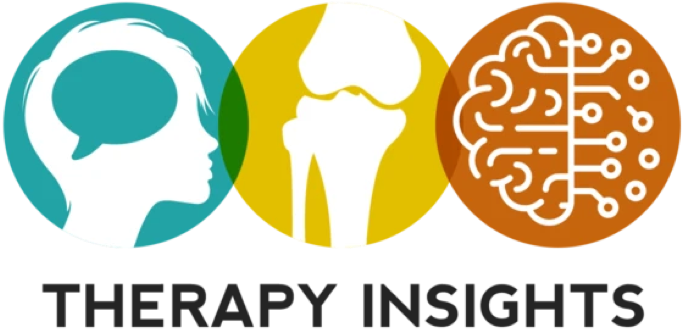This handout is designed for rehabilitation therapists working with people who no longer have the mobility or fine motor control to operate phones, computers, lights, blinds, etc. Using voice activated systems (such as the Amazon Echo or the Google Home), these patients can use voice commands to increase independence, reduce reliance on caregivers, and optimize their quality of life. This handout provides 10 voice commands to serve as a starting point for incorporating this type of technical compensatory strategy into your rehabilitation program.
This content is only available to members.
